[最も共有された! √] conventional vs convection oven 135732-Conventional and convection oven
Convection Oven vs Conventional Oven Here's your quick reminder on how a conventional oven works A conventional oven has two heating elements that heat up the air inside the oven to cook food One can be found on the bottom, and is used for most cooking and bakingConvection Oven Vs Conventional Oven Cooking With Convection Some are intimidated by convection ovens but there really isn't any need Convection ovens are Even Cooking Conventional ovens have the problem of uneven cooking Heat rises which means that things on the top rack Faster CookingWhile the convection oven works by evenly distributing heat by the aid of a fan to cook food, the conventional oven emits and distributes radiant heat via the aid of electromagnetic waves As for the microwave oven, it releases radio waves to heat and cooks food placed in ceramic or plastic containers 2 Cooking Temperature

Convection Oven Understanding The Pros And Cons Review
Conventional and convection oven
Conventional and convection oven-Convection VS Conventional Ovens The Actual Difference Conventional ovens have been the popular thing since the 1950s It has basically enveloped everything put inside of it, with hot air These ovens have been the eyecatchers in modern kitchens of the late th century They operate with bottomup heat transfer from a stable sourceOtherwise, the dish may be overcooked



Convection Oven Vs Conventional Oven What Is The Difference
Convection ovens allow for even, fast cooking because the temperature stays more consistent, while conventional ovens can have pockets of warmer air, or, conversely, cold spots Hot air rises, so when you're cooking food on both racks in a conventional oven, dishes on the bottom rack may undercook while the food on top burnsRoasting meats in a convection oven is usually about 25 percent faster than roasting in a conventional oven For example, a 16pound turkey that roasts in a conventional oven for five and onehalf hours will only take four hours in a convection ovenYour oven has coils in both the bottom and top That means
Convection ovens also do not need to preheat like conventional ovens do Despite this, convection ovens have their drawbacks, especially when it comes to baking Most convection ovens have a "bake" or "thermal bake" mode which functions just like a conventional ovenThe only difference between the two is the fan that has been included in convection oven to change how it works This implies that unlike a toaster oven, the best convection oven will heat the surrounding air first, then the inbuilt fan that has been included will move the hot air around the oven to evenly cook your mealConvection ovens allow for even, fast cooking because the temperature stays more consistent, while conventional ovens can have pockets of warmer air, or, conversely, cold spots Hot air rises, so
What Is a Convection Oven, and How Is It Different from a Conventional One?Convection ovens heat food by circulating hot air from a fan in the back of the oven Conventional ovens, on the other hand, heat food from the bottom The air is static and often hotter at one end than the other Conventional ovens (pros & cons)Convection Oven Cooking Time Chart While every oven is going to be a little different, you're basically looking at three ways to turn a conventionaloven recipe into a convectionoven recipe Reduce cooking temperature by 25 degrees F (about 15 degrees C) Reduce cooking time by 25 percent
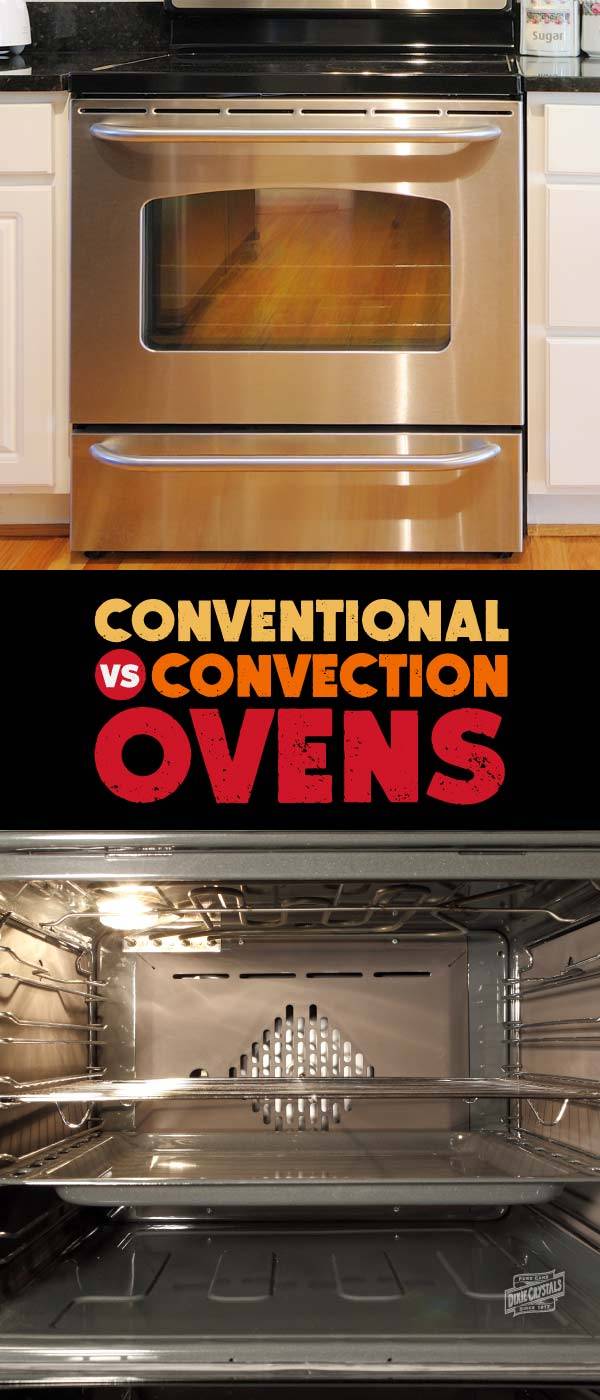


The Difference Between A Conventional And Convection Oven Imperial Sugar



Convection Vs Conventional Oven What S The Difference
In a convection oven, food requires less time to cook Compared to an electric oven, the temperature of convection ovens can achieve the same results at a lower temperature Conventional electric ovens often require rotating the food during the cooking cycle to compensate for uneven cooking This additional step is not required in convection ovensInduction cooktops and ranges cook faster than regular electric ranges, but you'll have to make some adjustments to use them Here's how, from the experts at Consumer ReportsIn a conventional oven, the heated air is stagnant There is no rapid flow, thus producing a slower cooking time The convection oven creates a dry atmosphere that caramelizes faster when roasting, so foods like meats and vegetables get browner but the interiors stay moist Cookies also bake to chewy, delicious perfection



Pros And Cons Of Convection Ovens Top Rated Brands



What Is Better Convection Or Conventional Oven Mom Blog Society
Conventional ovens win when it comes to baked goods such as cakes, cookies, and bread They may rise too quickly or become dried out in a convection oven Conventional ovens are also best for cooking casseroles, braising, and anything that's cooked covered (the airflow of convection ovens won't impact cooking as much in these cases)The words convection and conventional might sound similar, but there is a big difference between them Convection ovens include a fan that circulates hot air inside the oven This usually leads to faster cooking and no cool spots, which means you shouldn't have to flip food for even cooking Is a Convection Oven Much Faster Than a Normal Oven?Convection Ovens vs Conventional Ovens Your conventional oven uses a single heating element, usually located on the When to Use the Convection Setting The circulation of warm air in convection baking results in evenly



The Best Convection Oven Options In 21 For The Kitchen Bob Vila
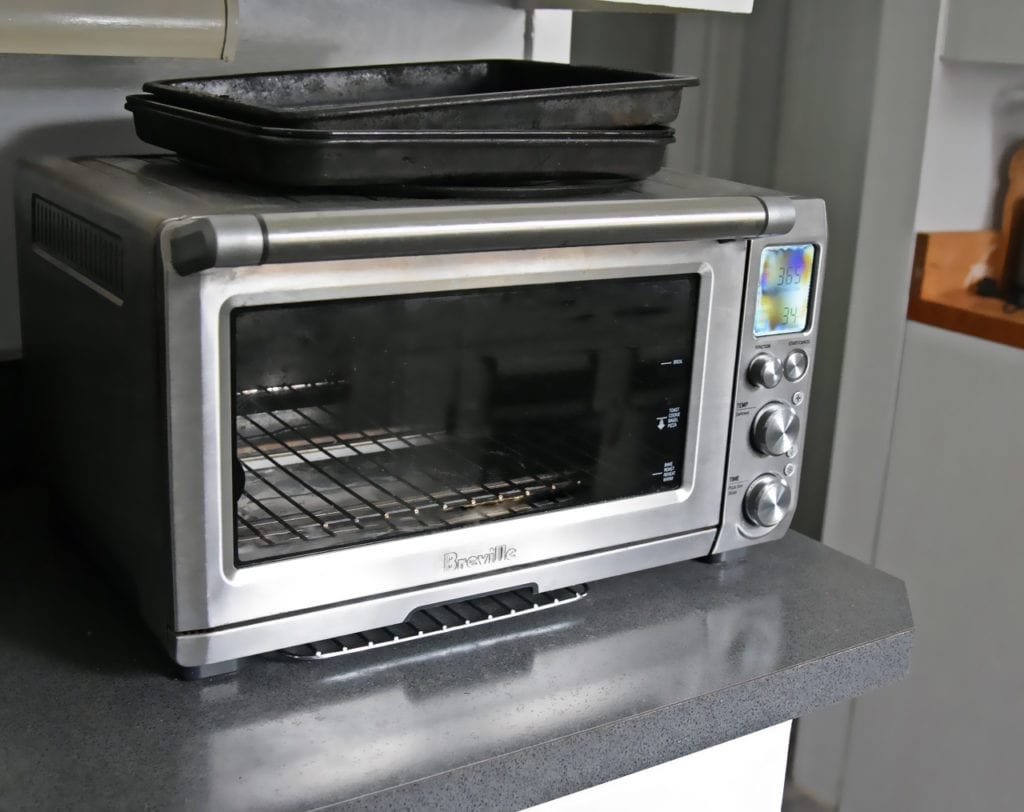


How To Use A Convection Oven For Baking Cakes Easy Kitchen Appliances
The difference between them is that the source of heat in a conventional oven is stationery and rises up from the bottom The heat from a convection oven is blown by fans, so the air circulates all over the inside of the oven Because of this, the heat in a convection oven is consistentConvection vs Conventional Oven The Basics The fan inside a convection oven makes it stand apart from a standard conventional oven A conventional oven Convection Oven Types A true convection oven has a third heating element near the fan, so only heated air is blown into Choosing a SettingFaster Cooking – Convection is about 25% faster than conventional oven Even Cooking – Food cooks and browns more evenly in a convection oven A regular oven can have hot spots You can see this when baking cookies, some are done sooner than others



Convection Vs Conventional Ovens Pros And Cons Tom S Tek Stop
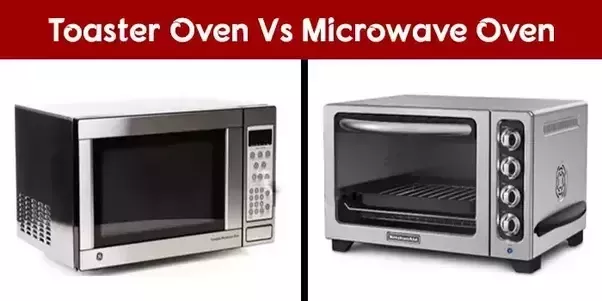


What Is The Difference Between Otg And Microwave Oven Quora
In a conventional oven, or "still oven," the heat rises from a bake element at the bottom of the oven cavity a coil that goes back and forth across the width of the oven several times The number of "passes" the heating element makes back and forth across the base of the oven helpsI understand that the convection oven distributes the heat more evenly, and there is a cost benefit because it cooks faster saving some electricity With better oven design and manufacture is that even a thing still?Convection, conventional Does it really make a difference?



What Are The Pros And Cons Of A Convection Oven



Convection Vs Conventional Ovens What S The Difference Whirlpool
That said, an oven set to convection will run about 25 degrees hotter than a conventional oven set to the same temperature So if you are trying to recreate a recipe developed for a convectionThere is a unique feature of a convection oven vs standard oven – a fan Convection ovens have an internal fan that circulates the heat around the food while it cooks Convection fans are great for even cooking and baking and eliminate hot spots in the oven that cooks food unevenly Another nice perk with a convection oven vs standard oven isA conventional oven is excellent at this because the moisture is trapped in the oven chamber, resulting in an even rise, and great cakes and bread Convection ovens tend to change the texture of the food too When you remove the moisture from a loaf of bread, the cooking process changes the composition of the dough



Convection Oven Vs Regular Oven Bob S Red Mill Blog
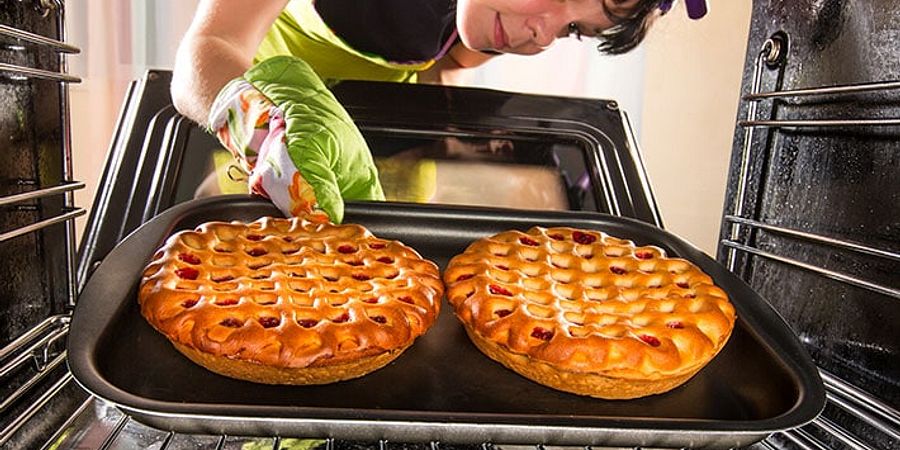


Baking Wars Convection Vs Conventional Ovens
If you are trying to save your hard earned cash, then traditional ovens could be the way to go A conventional toaster oven goes for an average price of $450$500 whereas a convection toaster oven's price ranges from $1000 to upwards of $3000 Some of the highend convection ovens are even expensive than thatA conventional oven usually limits you to two cooking racks because a third rack in the middle won't have direct access to the radiant heat of the elements and won't cook as quickly In a convection oven, the fan ensures items on the middle rack cook at the same rate as those nearest the elementsA convection oven works like an oven with heating elements on the top and bottom The convection setting works in tandem with a fan that is usually located in the back of the oven Its fan can be
/GettyImages-813755458-5450e7f2704f47949a3b2e92a86d5352.jpg)


Everything You Need To Know About Convection Oven Cooking



Whirlpool Convection Oven Vs Regular Oven Oak Valley Appliance
According to the US Department of Energy, a convection oven's efficiency allows homeowners to use about percent less energy while cooking, compared to a conventional oven The Conversion The one disadvantage to a quicker cooking time on a convection oven is that you need to remain extra watchful while your food is cooking, since it will cook faster than a recipe statesAt the most basic level, the big difference in a convection oven vs a conventional oven is that convection ranges use a fan to distribute the heat more evenly around the oven cavity This helps your food cook more quickly, but beyond that it also gives a more even cooking result throughout the oven– Juliana Shopping for ovens can be bewildering
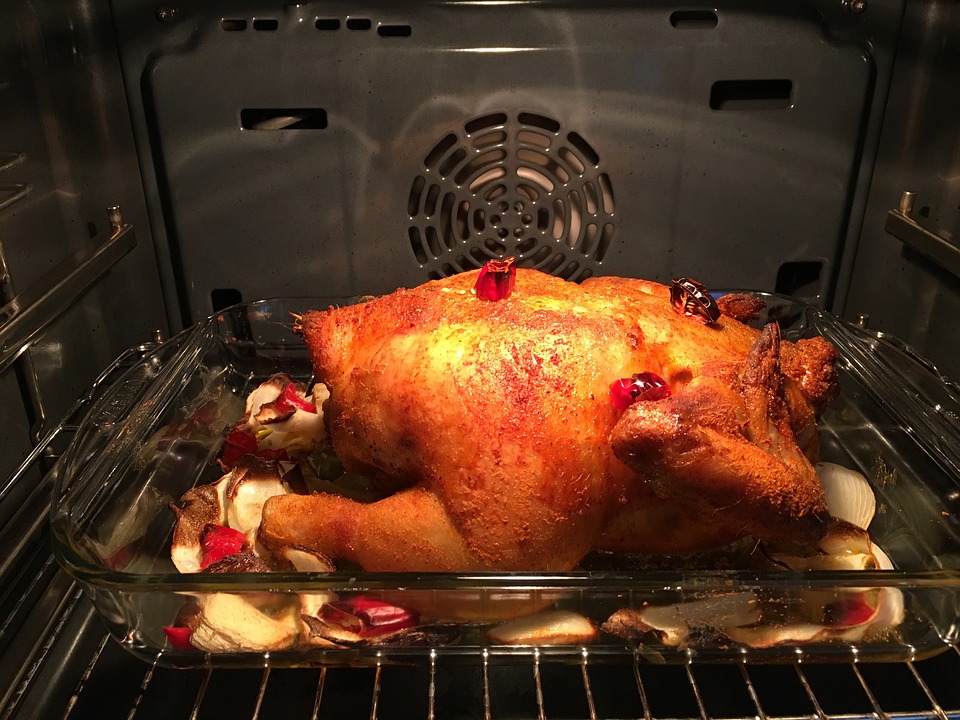


Fan Oven Vs Conventional Oven



Hamilton Beach Xl Convection Oven With Rotisserie Walmart Com Walmart Com
What is the Difference Between a Conventional and Convection oven?A convection oven works like an oven with heating elements on the top and bottom The convection setting works in tandem with a fan that is usually located in the back of the oven Its fan can beA conventional oven has 2 heating elements, one in the bottom and another in the top The top element being the broiler A regular convection oven only adds a fan A true convection oven adds a third heating element



Convection Oven Wikipedia



The Difference Between Convection And Conventional Ovens
In this convection type, airflow comes from several oven ceiling vents But in general, convection means A fan and exhaust system kick on Both circulate the heat in the oven around the food The heat tends to be more even and drier, and the cooking time is about 25 percent faster With less cooking time and a lower temperature, you may save energy How does the conventional setting work?It's actually a setting An oven with a convection setting has a fan and exhaust system that a regular oven does not It also has a heating element with the fan in the back of the oven (this is all technically called true convection)When baking or roasting, use a shallowedged pan in a convection oven This allows the air to circulate throughout the pan When using a conventional oven, the pan's edges are insignificant Also, while roasting in a convection oven, you do not use a cover over the items being cooked since moisture is automatically retained via the fan heat



What Is A Convection Oven Plus 8 Benefits To Owning One Maytag


3
Do you see a benefit to using a convection oven vs a traditional oven?Yes The simple press of a button can help you bake and roast better To take full advantage of one of the many amenities of your oven, use these tips to help you choose between convection and conventional oven heatConvection baking introduces a fan to the interior of an oven, allowing hot air to be blown around and onto the food The force of the air thus transfers more heat to the surface of the food, so that it produces more crispiness than an ordinary oven (but still far less than an actual deepfryer) So air fryers are, in essence, convection ovens
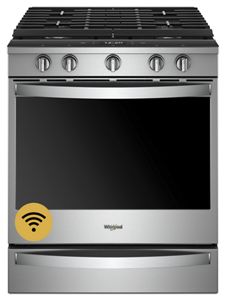


Convection Vs Conventional Ovens What S The Difference Whirlpool



Convection Oven Vs Conventional Oven Home Cookable
How to use a convection oven Step 1 Convert Recipes For Convection Ovens Step 2 Adjust Temperature Step 3 Adjust Time Step 4 Preheat Step 5 Cook, Roast or BakeConvection ovens are built with a fan placed in the back of the oven When you turn on the convection setting, the fan blows warm air all around the inside of the oven, promoting rapid and evenThe majority of recipes that are available were designed for use with conventional ovens As such, if you are preparing the dishes in a convection oven, there is a requirement to reduce the temperature or time detailed in the recipe;


Difference Between Conventional Oven And Convection Oven Conventional Oven Vs Convection Oven



Quick Answer When Should You Use A Convection Oven Vs Regular Ecommerce
Overall, the convection oven setting is a great choice if you want a crisp, quick, product, but if you want your dish to maintain moisture or rise before it is finished baking, then stick with the conventional oven Energy Use It turns out that convection ovens are actually more energy efficient than most conventional ovensPlus, convection cooking is known for reduced cooking time and improved energy efficiency Convection Ovens vs Conventional Ovens Your conventional oven uses a single heating element, usually located on the top or the bottom of the oven It can result in hot and cold spots within the ovenOne of the key differences between a convection oven vs standard oven is the convection oven cooking time is less than a regular oven This is due to the fan circulating the heat, allowing the entire food to cook all at once



Convection Oven Vs Conventional And Microwave Oven Which Is Better


Q Tbn And9gcrsvilyqhswfrjdygm1rf5ca7fxyn4rfjejpuq5hym Usqp Cau
It ensures that food receives heat from all the sides The fan is centrally placed for better heat circulation This makes cooking easier, faster and better in every way The food will be much crispier and well cooked This is the basic difference between a convection and conventional oven Convection ovens give you bettertasting food at lesser timesUnlike a conventional oven that simply heats the air inside, a convection oven uses a fan to circulate the heated air This moving air creates extra energy that cooks food faster A convection oven vs standard oven can also cook food more evenly, as circulating air evens out any hot spots that occur in conventional oven cookingConvection vs Conventional Ovens What's the Difference?


Air Fryer Vs Convection Ovens Frigidaire
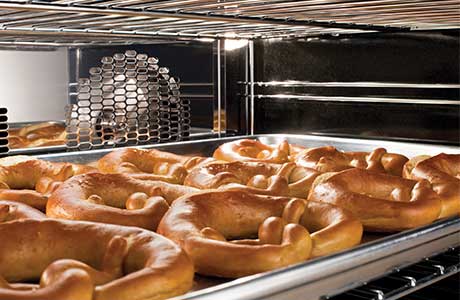


Convection Oven Vs Conventional Oven Blue Seal
It's actually a setting An oven with a convection setting has a fan and exhaust system that a regular oven does not It also has a heating element with the fan in the back of the oven (this is all technically called true convection) When the setting is turned on, it starts a fan and exhaust system, which respectively blow and pull hot air through the oven and around your foodUnlike a conventional oven that simply heats the air inside, a convection oven uses a fan to circulate the heated air This moving air creates extra energy that cooks food faster A convection oven vs standard oven can also cook food more evenly, as circulating air evens out any hot spots that occur in conventional oven cookingIn convection ovens, the circulation of air comes from the fans For conventional ovens, air comes out from different air pockets and it is stationary



The Difference Between A Conventional And Convection Oven Dixie Crystals



Convection Oven Understanding The Pros And Cons Review
The main difference between convection ovens and regular ovens is a convection model's use of a fan that circulates hot air By contrast, a conventional oven cooks food by surrounding it with hot air from a heating element at its base Air is not circulated by a fan or exhaust system



Everything You Need To Know About Convection Toaster Ovens


Difference Between Oven And Convection Oven Oven Vs Convection Oven
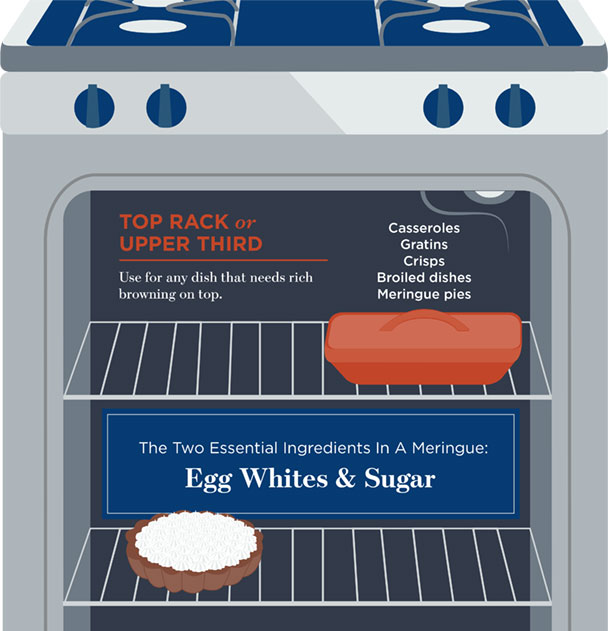


Convection Vs Conventional Baking Ge Appliances



Everything You Need To Know About Convection Ovens Cnet
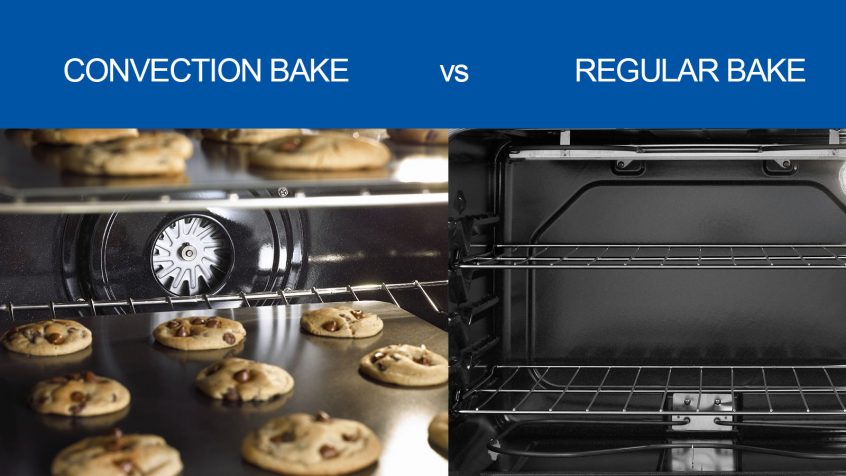


Baking What Is The Difference Between Convection Baking And Regular Baking Fred S Appliance
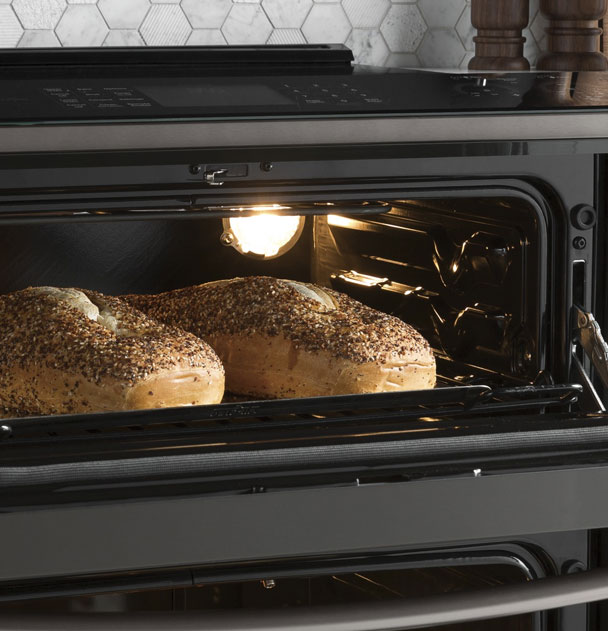


Convection Vs Conventional Baking Ge Appliances
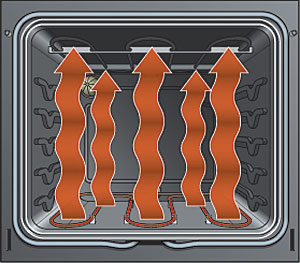


What S The Difference Electric Ovens Fine Homebuilding
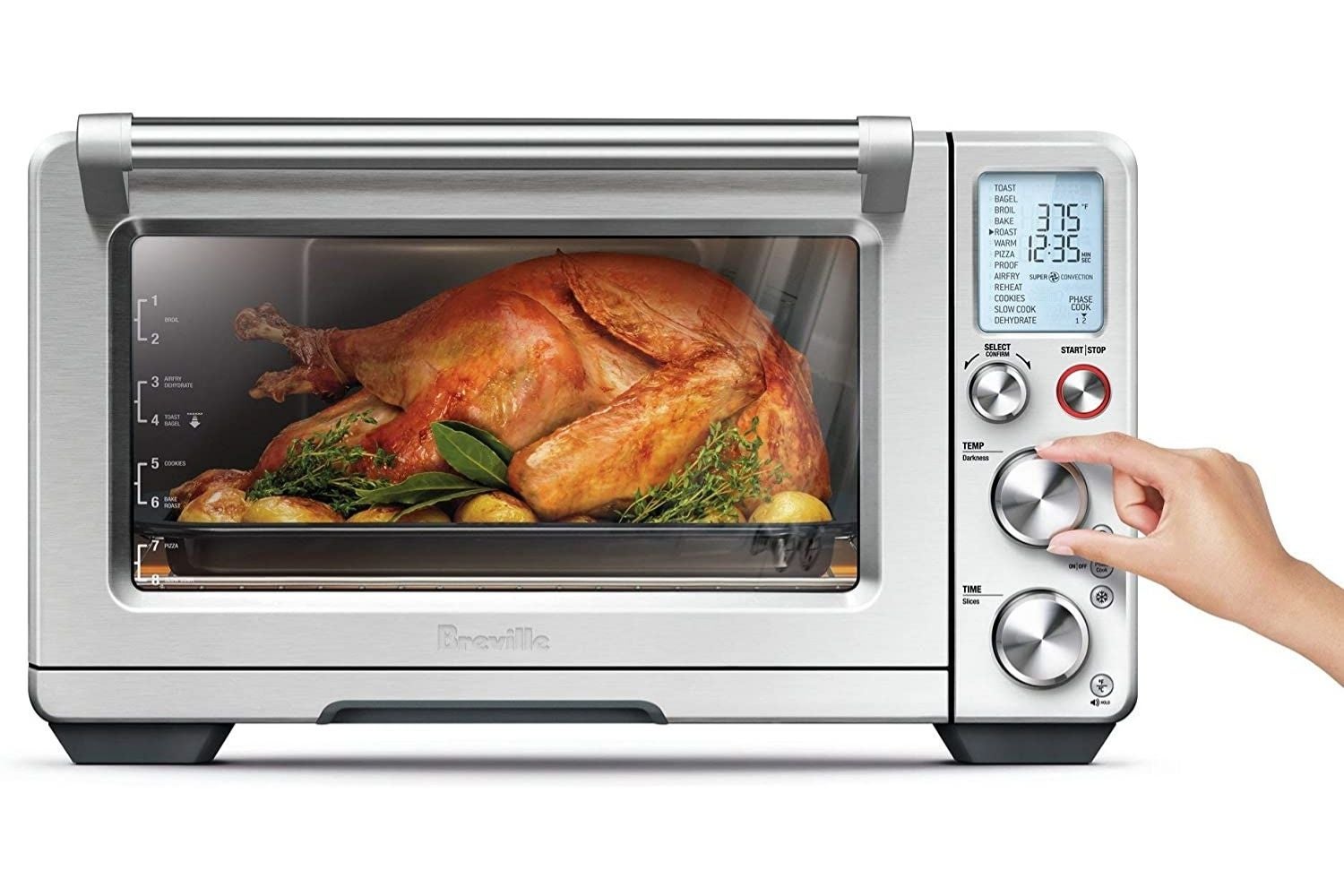


The Best Convection Oven Options In 21 For The Kitchen Bob Vila
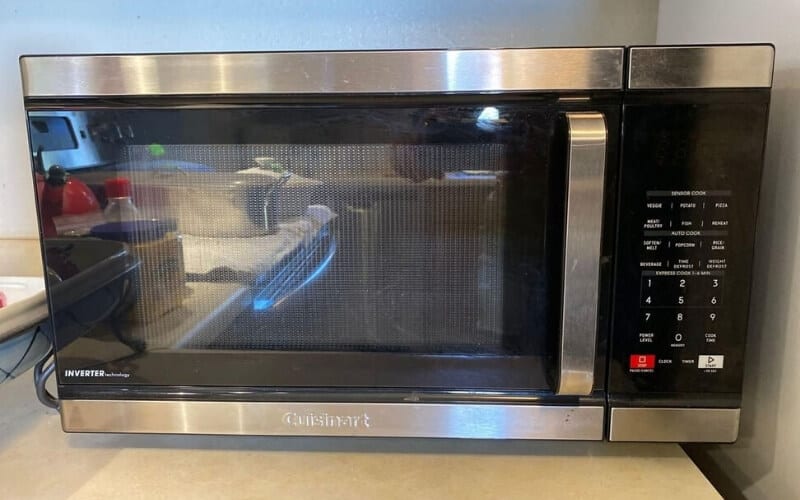


5 Best Rv Microwave Convection Ovens In 21 Rving Know How



Convection Oven Vs Conventional Oven A Guide Conner S Appliance



Things You Should Know About Convection Toaster Ovens



Convection Oven Vs Conventional Oven Battle Which Is The Winner


3



Pros And Cons Of Convection Ovens Top Rated Brands
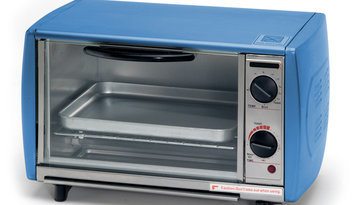


Toaster Oven Vs Conventional Oven Pros Cons Comparisons And Costs



Convection Oven Vs Conventional Oven What Is The Difference Which Is Better Chowhound
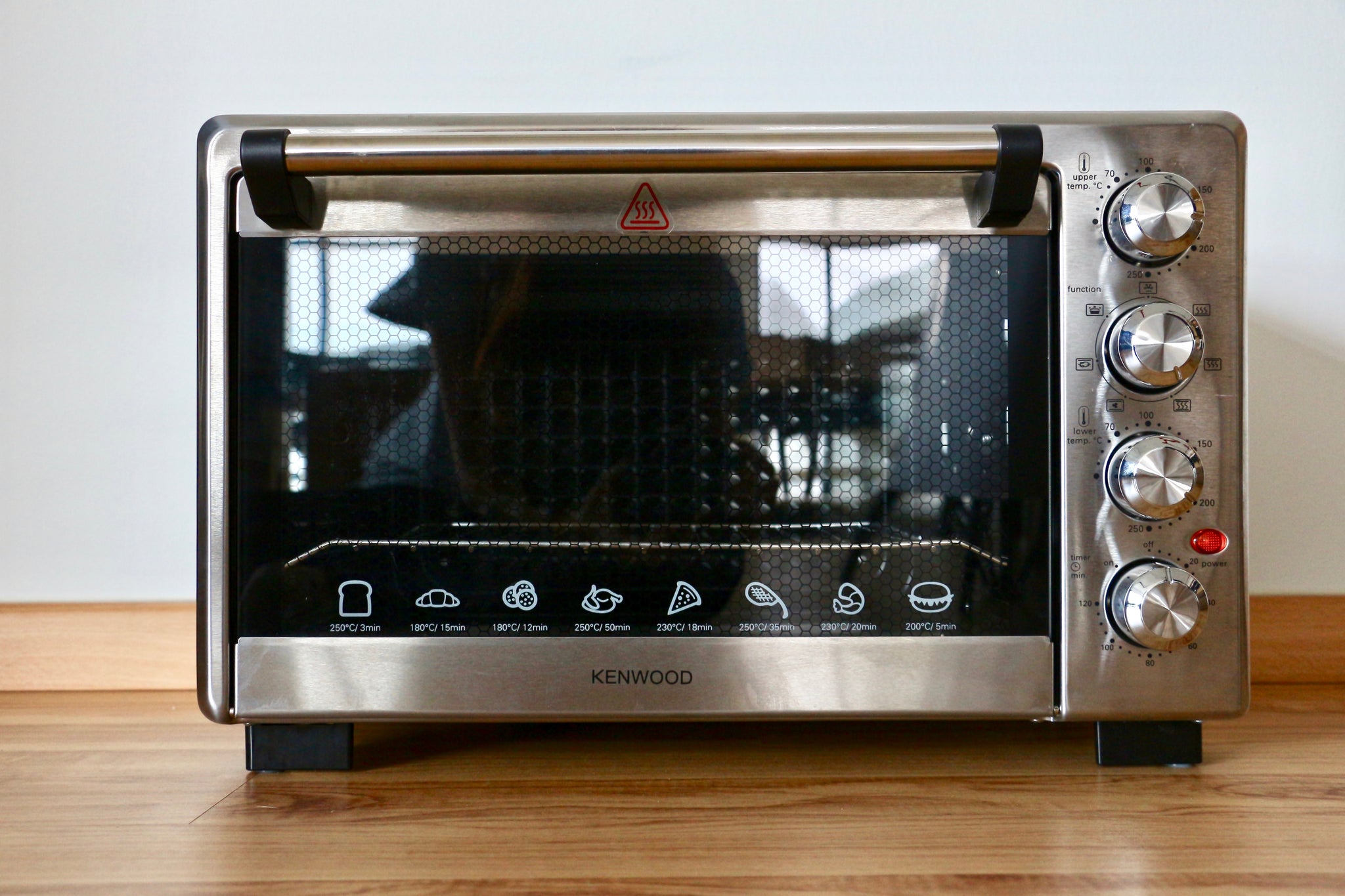


Choosing The Right Oven For Your Cooking Baking Needs Bakestarters Sg



What S A Convection Oven Benefits Types Cooking Tips



Convection Oven Vs Conventional Oven What Is The Difference Which Is Better Chowhound



Does A Convection Oven Cook Faster Than Conventional Oven



Convection Vs Conventional Ovens What S The Difference Whirlpool
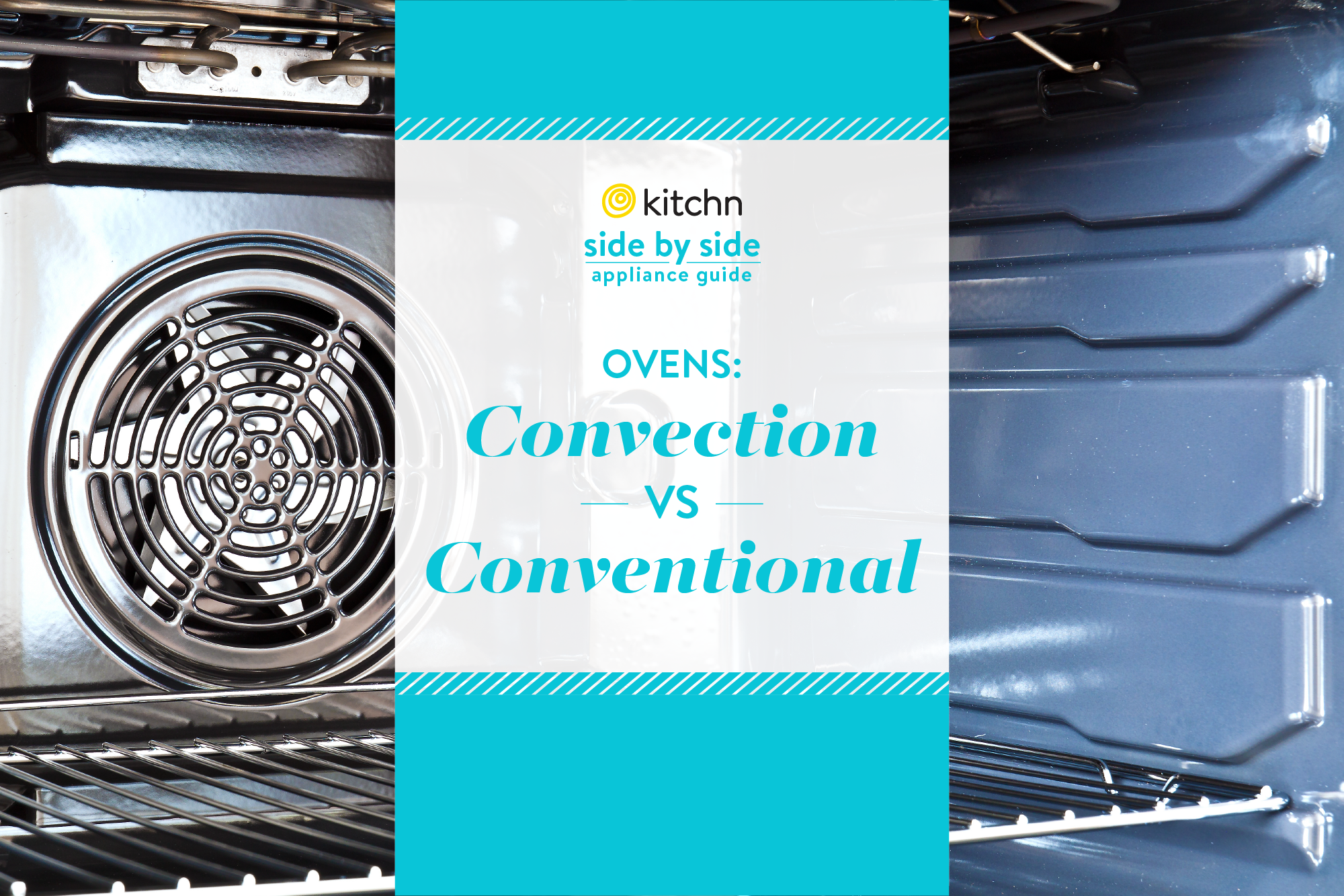


Should You Get An Oven That Comes With A Convection Setting Kitchn



Amazon Com Oster Extra Large Digital Countertop Convection Oven Stainless Steel Tssttvdgxl Shp Kitchen Dining



Conventional Ovens Vs Convection Ovens Goedeker S Home Life Conventional Oven Convection Oven Oven
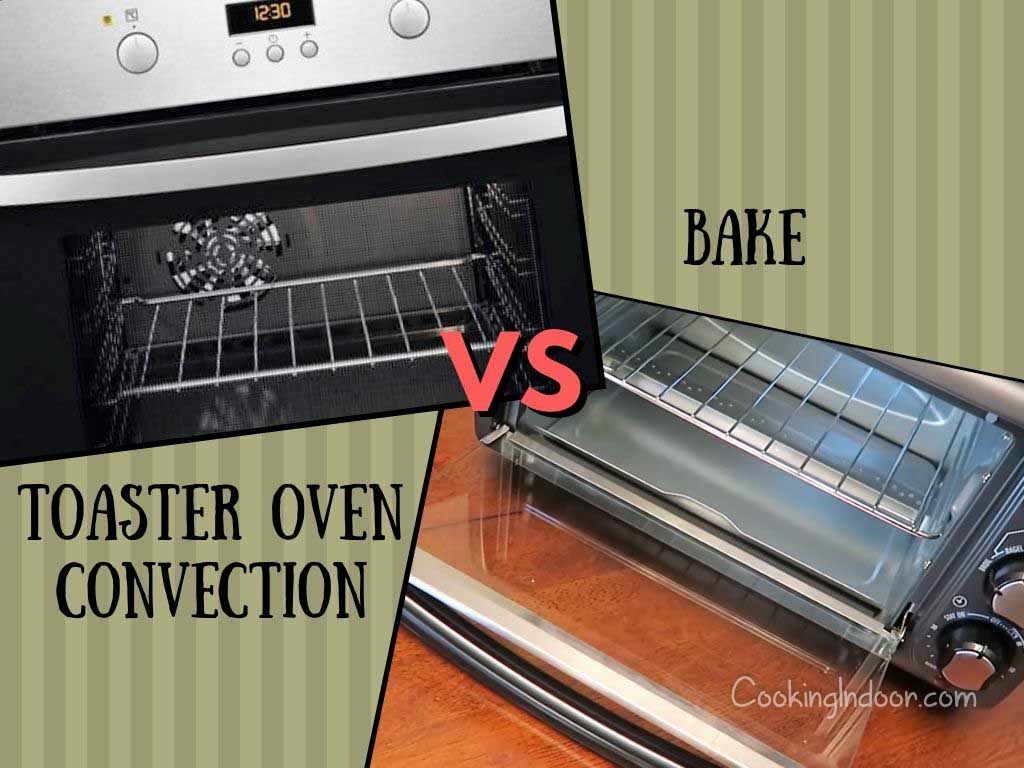


Convection Toaster Oven Vs Bake In Conventional Toaster Oven Which One Is Better Cooking Indoor



Convection Oven Vs Conventional Ovens Pros And Cons Best Info



Convection Ovens Vs Conventional Ovens Fn Dish Behind The Scenes Food Trends And Best Recipes Food Network Food Network
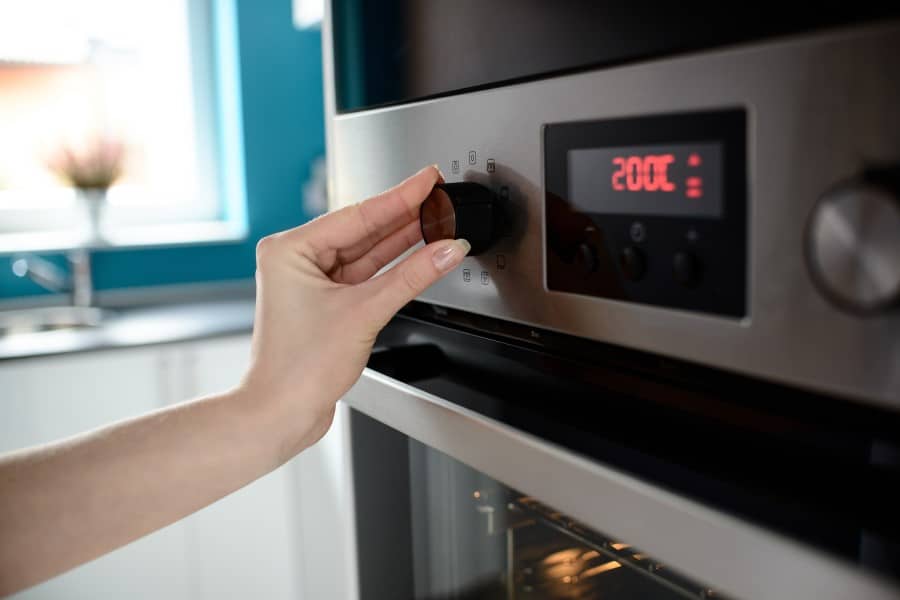


What Is The Difference Between Convection Vs Conventional Oven



What Is A Convection Oven And What Should You Cook In It Myrecipes



Amazon Com Cuisinart Toa 60 Convection Toaster Oven Airfryer Silver Kitchen Dining



Convection Oven Vs Conventional Oven Best Kitchen Guides



Convection Oven Vs Conventional Oven What Is The Difference



What Is The Difference Between Convection Bake And Regular Bake Lake Appliance Repair
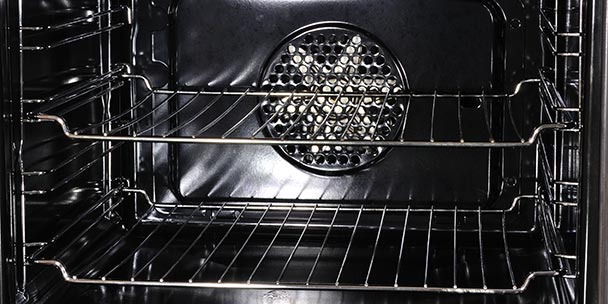


10 Most Common Questions About Convection Oven Cooking



Convection Oven Vs Regular Oven Bob S Red Mill Blog
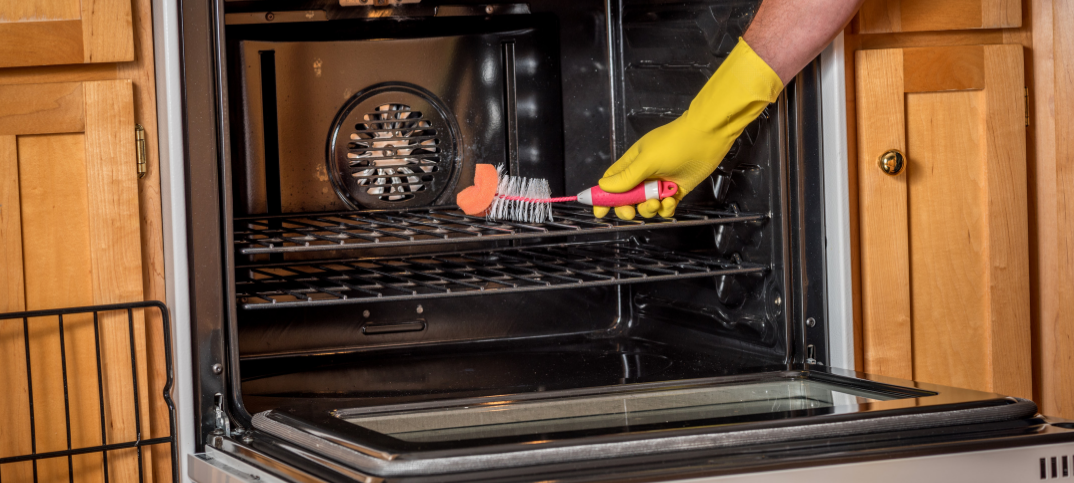


Convection Vs Conventional Ovens Pros And Cons Green Garage



Convection Oven Vs Conventional Oven What Is The Difference Howtohome
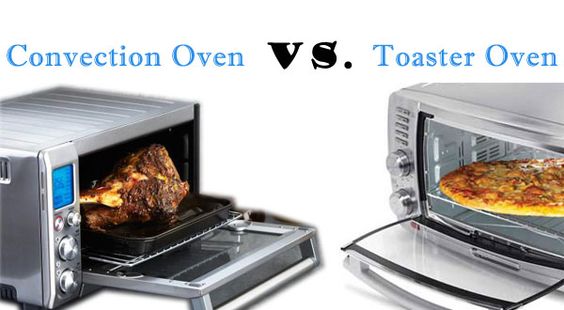


Convection Oven Vs Toaster Oven What You Need To Know



Convection Oven Vs Conventional Oven A Guide Conner S Appliance



Convection Oven Vs Conventional Oven Difference Between Convection Oven And Conventional Oven Versus Zone



Elite Platinum Double Door Oven With Rotisserie Convection



Choosing An Oven Conventional Vs Convection Youtube
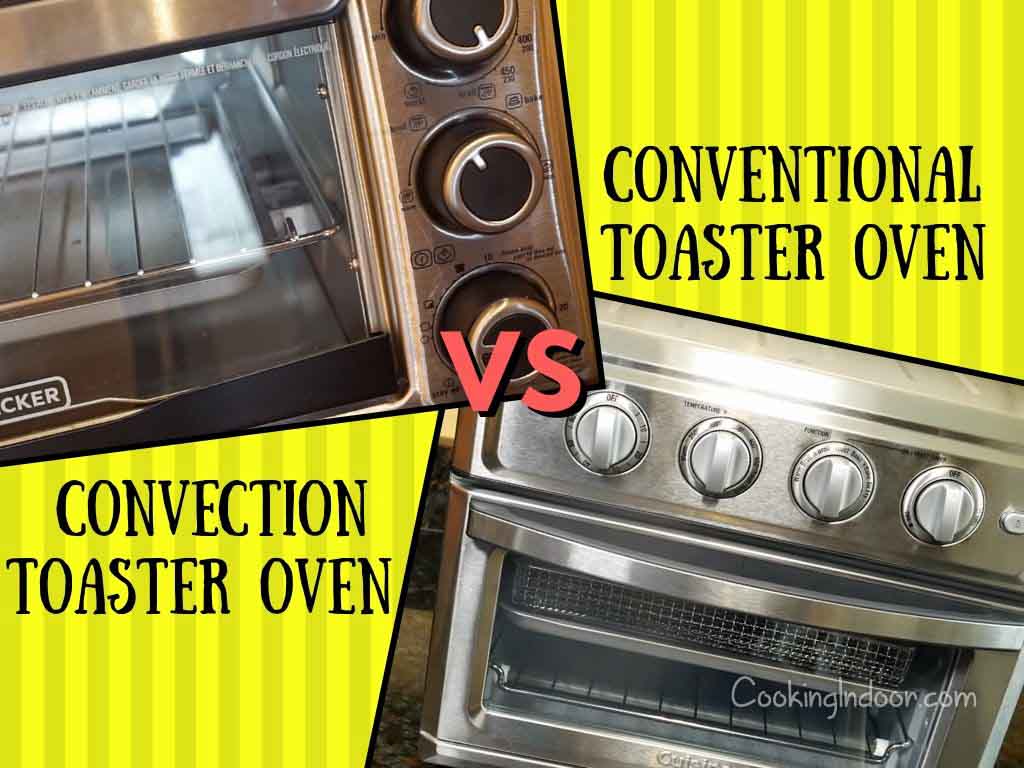


What S The Difference Between A Convection Toaster Oven And A Conventional Toaster Oven Cooking Indoor
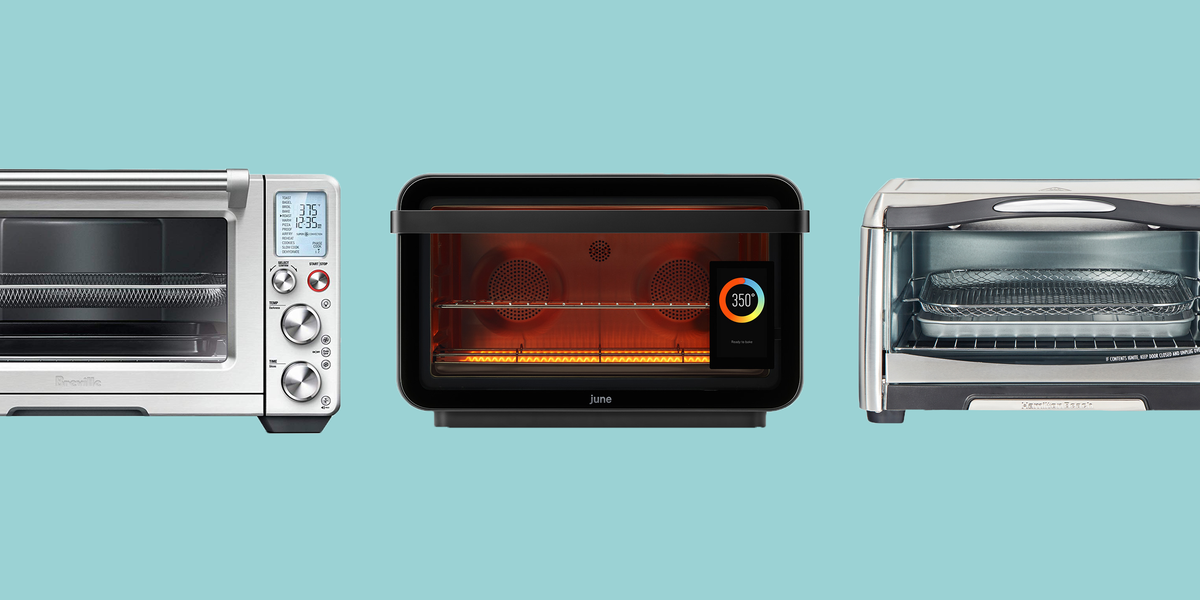


9 Best Toaster Ovens 21 Countertop And Convection Toaster Oven Reviews



Find The Best Oven For Baking Cakes With These Top Tips
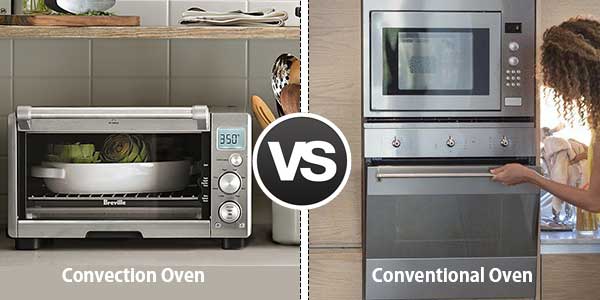


Convection Oven Vs Conventional Oven What Are The Difference Between Them


How To Use A Convection Oven
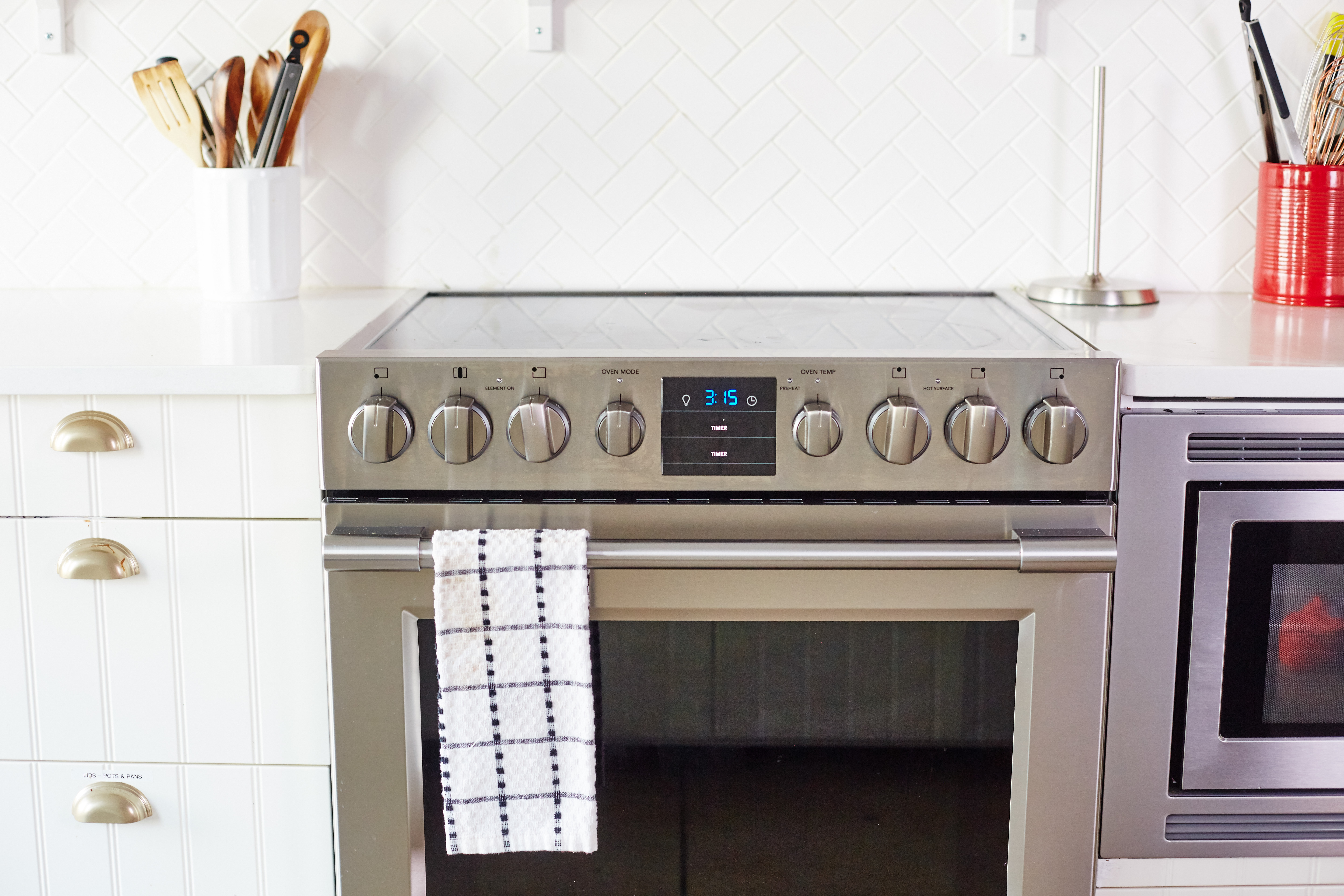


What Is A Convection Oven And When How Do You Use It Kitchn
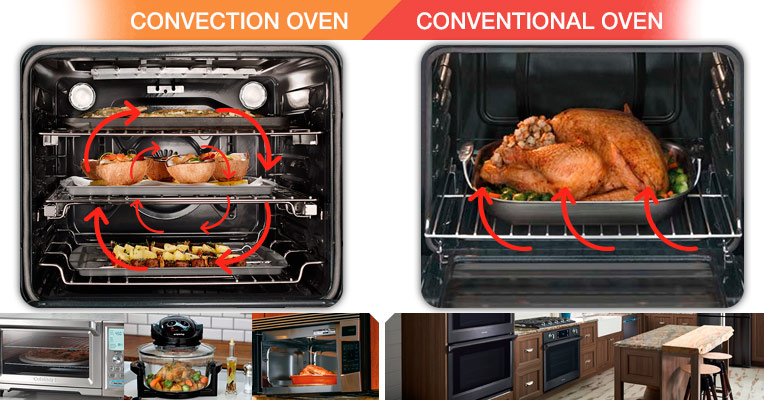


Convection Oven Vs Conventional Oven Bestadvisor


What Is A Convection Oven And What Should You Cook In It Myrecipes



Convection Bake Vs Regular Bake Appliance Service Station
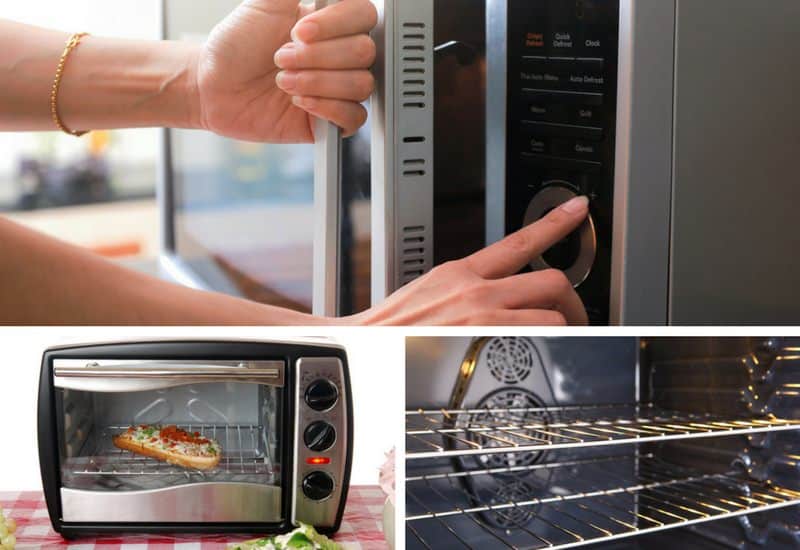


What S Best Microwave Oven Vs Convection Oven Vs Toaster Oven



Convection Oven Understanding The Pros And Cons Review



What Is The Difference Between Convection And Microwave Oven



Specific Difference Between Convection Oven Microwave Toaster Oven You Need To Know Before Buying All Kitchen Reviews



Conventional Or Convection Oven What Is The Difference



The Best Air Fryer Is A Convection Toaster Oven For 21 Reviews By Wirecutter



Why Convection Oven Is Better Than Microwave And Otg
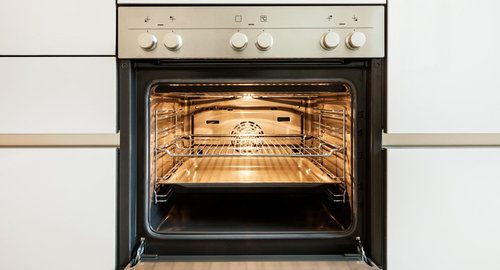


Toaster Oven Vs Conventional Oven Pros Cons Comparisons And Costs



Convection Oven Vs Conventional Oven What Is The Difference



Convection Ovens What Is A Convection Oven The Home Depot Youtube



Air Fryer Vs Convection Oven What Are The Differences Slice Pizzeria



Convection Oven Vs Air Fryer What S The Difference Purewow



What Is A Convection Oven Plus 8 Benefits To Owning One Maytag



Everything You Need To Know About Convection Ovens Cnet



Pin On Conventional Oven Vs Convection Oven



Convection Oven Vs Microwave What S The Difference Homegearx



Convection Oven Vs Toaster Oven Which One To Buy Cookware List
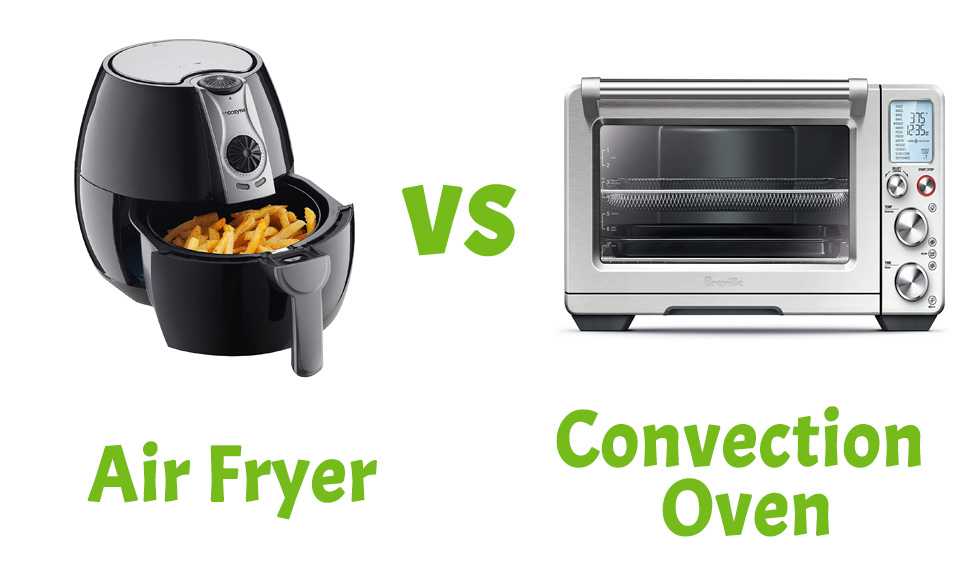


Air Fryer Vs Convection Oven Which One Is Better Corrie Cooks



Convection Oven Vs Conventional Oven Which One To Use Merchdope
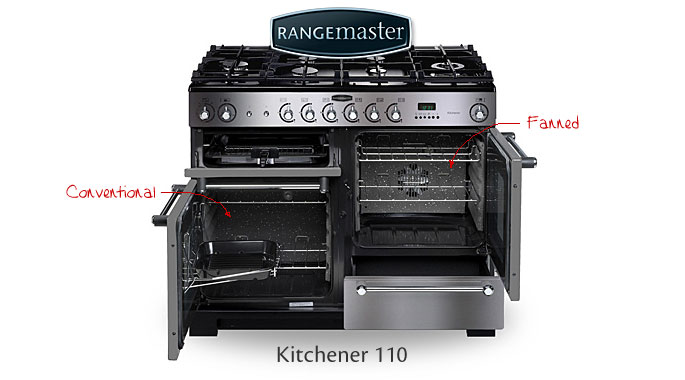


Conventional Vs Fanned Ovens Home Your Range Range Cooker News From Rangecookers Co Uk



Convection Oven Vs Microwave Which Is Better For You Merchdope


Q Tbn And9gcrdeosn Zfmxgbs0qytzpvpbxsiforrsdpmynsoicf8az6 Ztu6 Usqp Cau



Microwave Oven Buying Guide How To Buy Right One For You Most Searched Products Times Of India
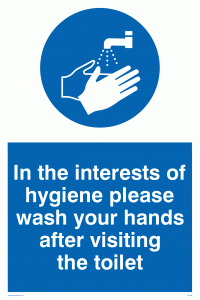


コメント
コメントを投稿